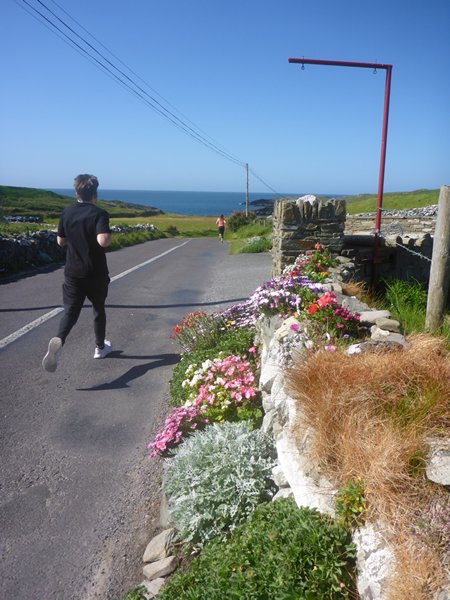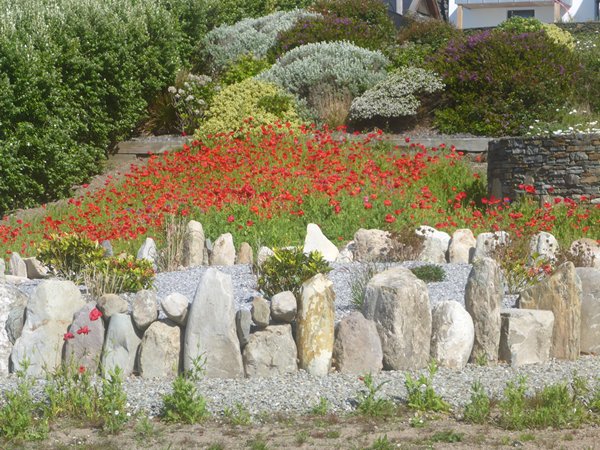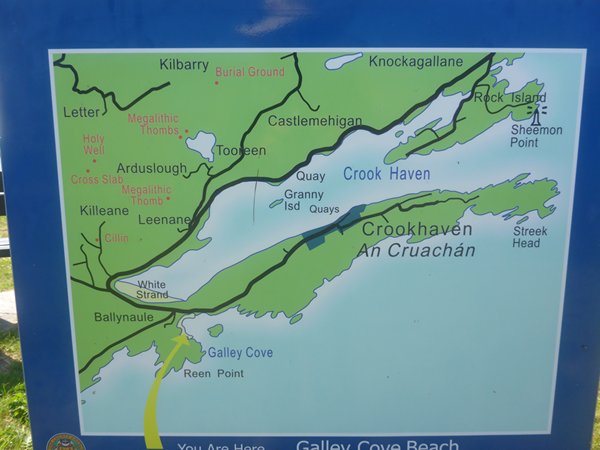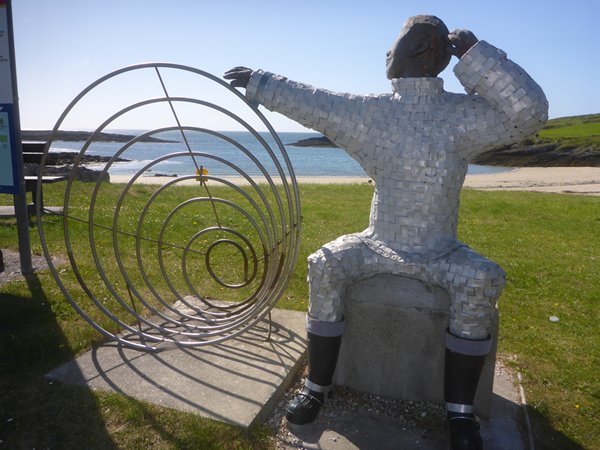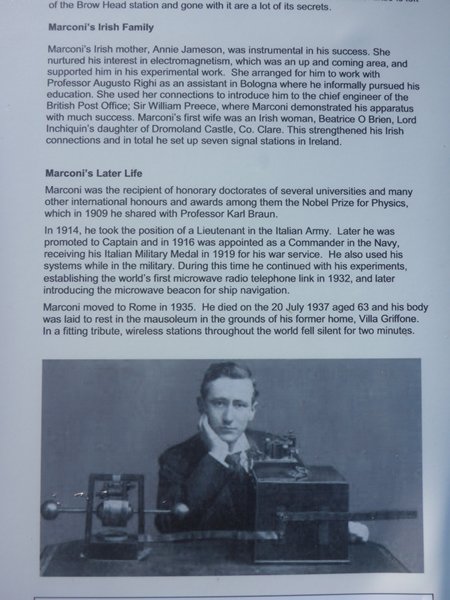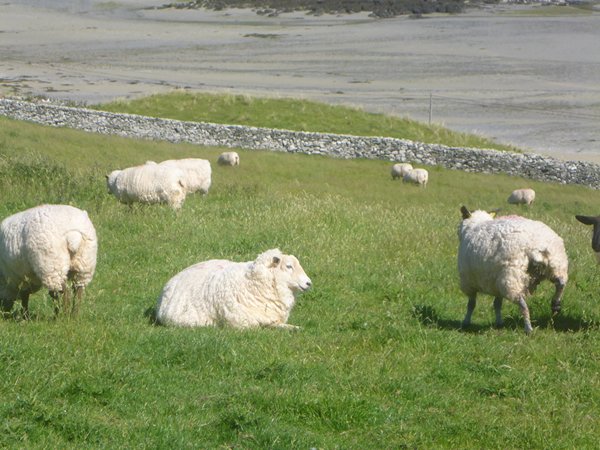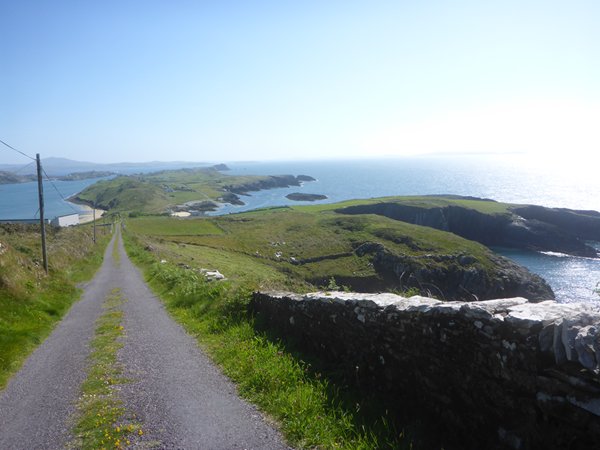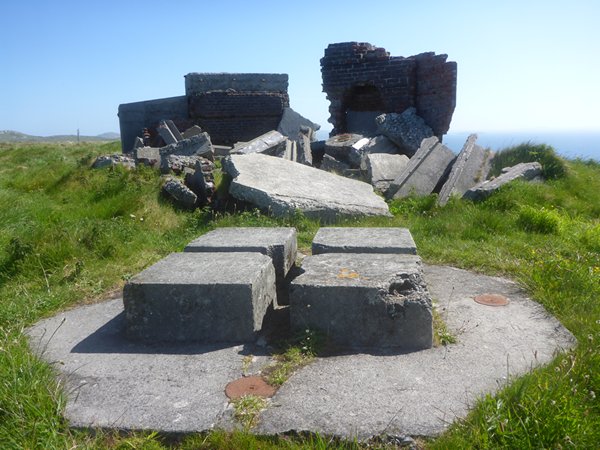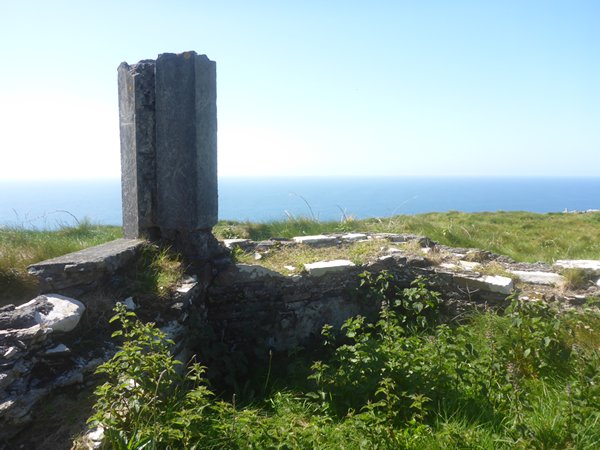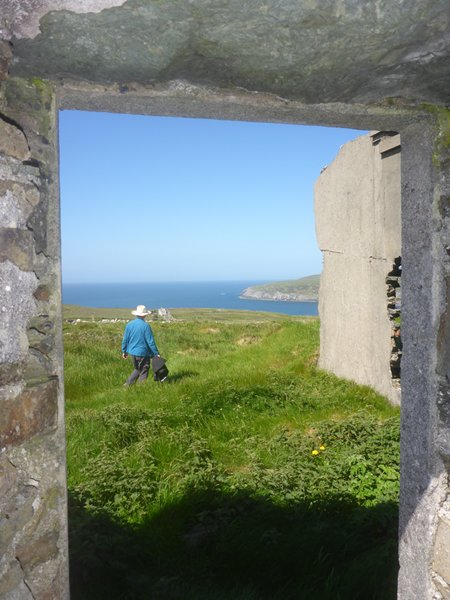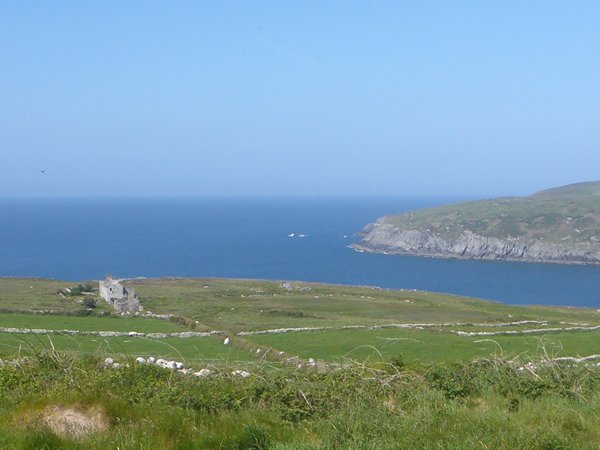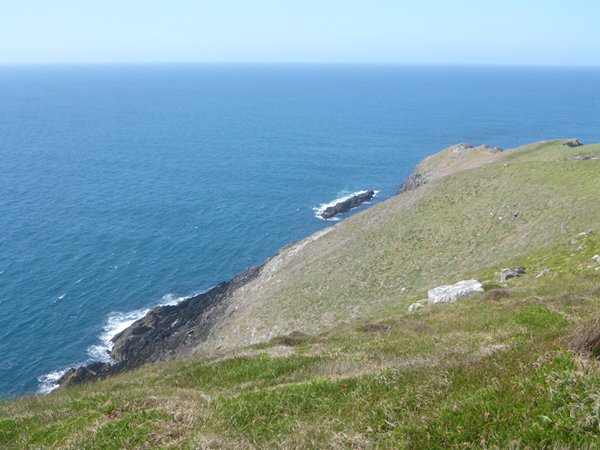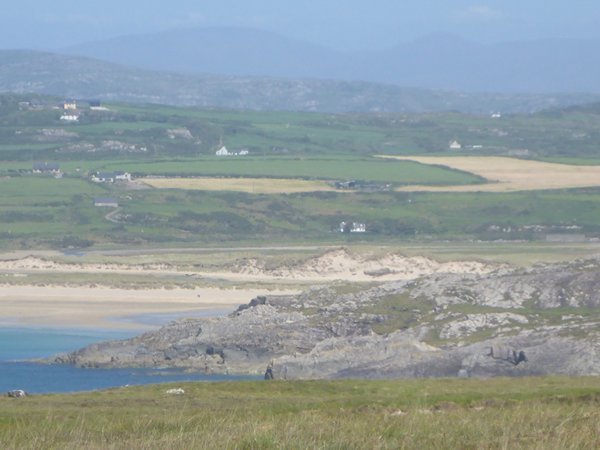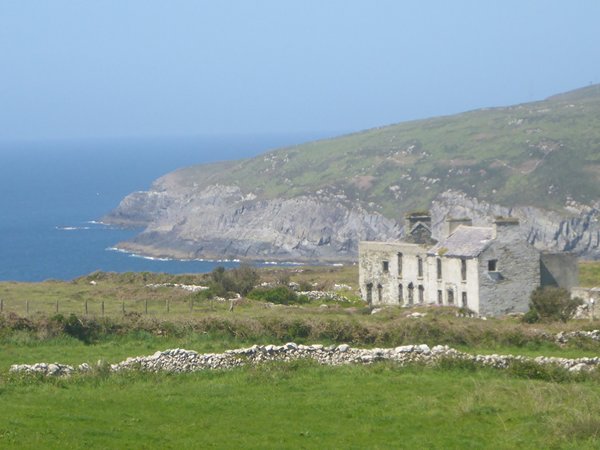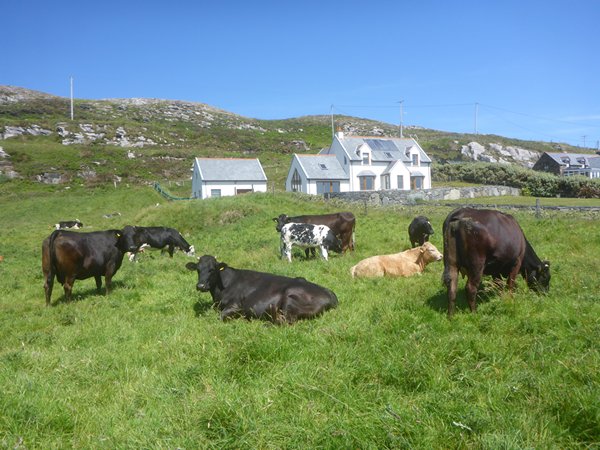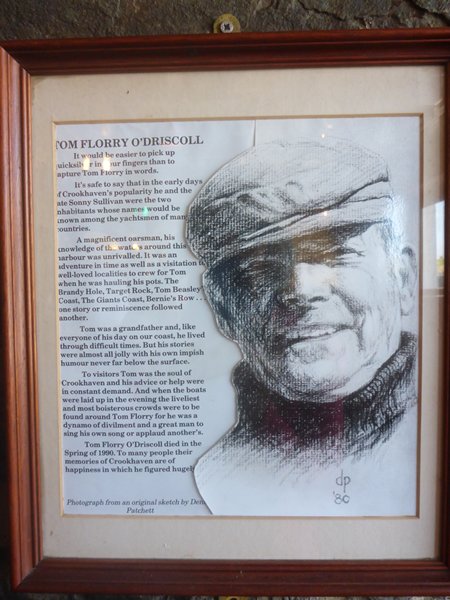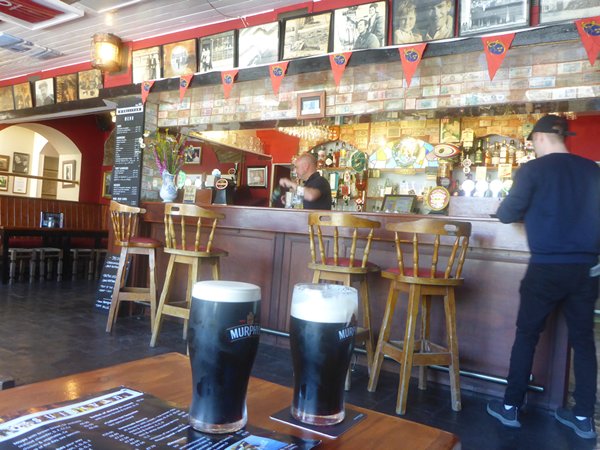Marconi at Crookhaven

Crookhaven, birthplace of Trans-Atlantic Communications
Did you know that Guglielmo Marconi was half Irish, his loving and supportive mother coming from the Dublin based Jameson’s Whiskey family? His father was a wealthy Italian landowner and the brilliant young Marconi was born in Bologna, Italy in 1874.
What has this to do with Crookhaven? you might well ask.
Before his invention of wireless telegraphy men in rowing boats would set off from Crookhaven in all weathers to listen for the sound of ships’ horns. They would them search for the phosphorescent containers full with messages thrown overboard from the ships, recovering them and taking them back to shore, a precarious task for the oarsmen.
As a growing lad Marconi studied physics and chemistry and the potential of using Hertzian waves (later known as radio waves) to send and receive Morse Code messages gripped his imagination. He could see that wireless inter ship and ship/shore messaging could be achieved in this way.
By the 1890’s morse code messaging along wires was global, but how to make it wireless was the mystery Marconi was to solve. With his mother’s help and the financial support of herself and her Dublin family, Marconi built signalling stations along the south coast of England and in Ireland.
In 1901 he successfully communicated a message from Crookhaven to Poldhu in Cornwall, a distance of 220 miles, which was significant because it was beyond the earth’s curvature so proving that because the straight-line radio waves could bounce off layers of ionization in the upper atmosphere their range was limitless.
In June of the same year Marconi’s messaging connected with a station in Newfoundland USA and his technology was vital in bringing attention to the sinking of the Titanic and Lusitania.
Marconi saved many lives and opened up the world to telecommunications we enjoy today. Where would we be without the benefit of his original thinking, no radio, no TV, no mobile phone technology?
The walk out of town to the west and his radio station on top of Brow Head took us past Marconi house, a sizeable ochre painted semi-detached building where he erected the first aerial, later moving it to the top where you can see its concrete four block base in the photo.
I found you some sheep, nine contented ladies, restfully taking in the sun and chewing the cud.
The views as you can see back eastwards along the peninsula towards Streek Head were fine weren’t they. There is a photo showing the sand dunes at the head of Barley Bay Beach which were formed by the 1755 Lisbon Earthquake Tsunami and another showing the landmass opposite where we were standing looking north across Barley Bay to Mizen Head, the most south westerly point of Ireland, our next one to tick off the list.
After we examined the ruins of the fine watch/beacon which was identical in build to Ballylinchy near Baltimore, we looked around the ruins of the radio station which were in a worse state of repair than the beacon. In the First World War it was leased to the Royal Navy who used it to communicate with the fleet in Castletownbere, and later, in 1922, presumably when anti-English sentiment was running high the Republican forces destroyed it.
Back in Crookhaven we lunched at O’Sullivans and returned there in the evening for a touch of rugby, Leimster v La Rochelle, what a match!
